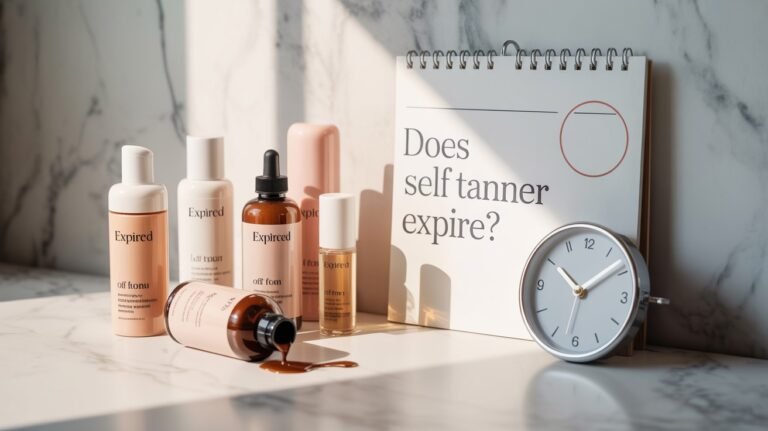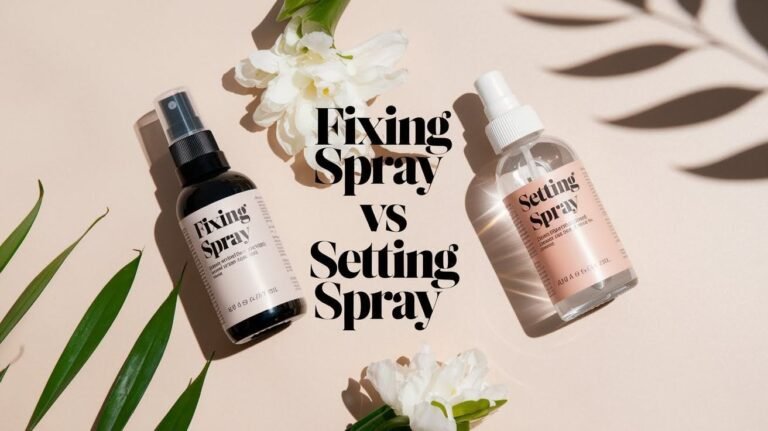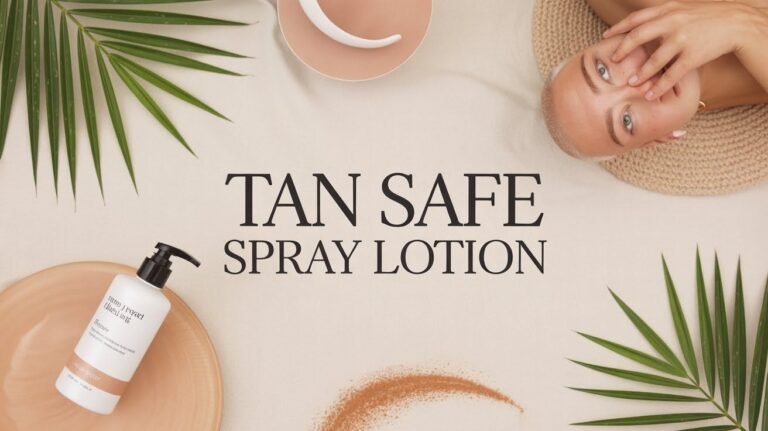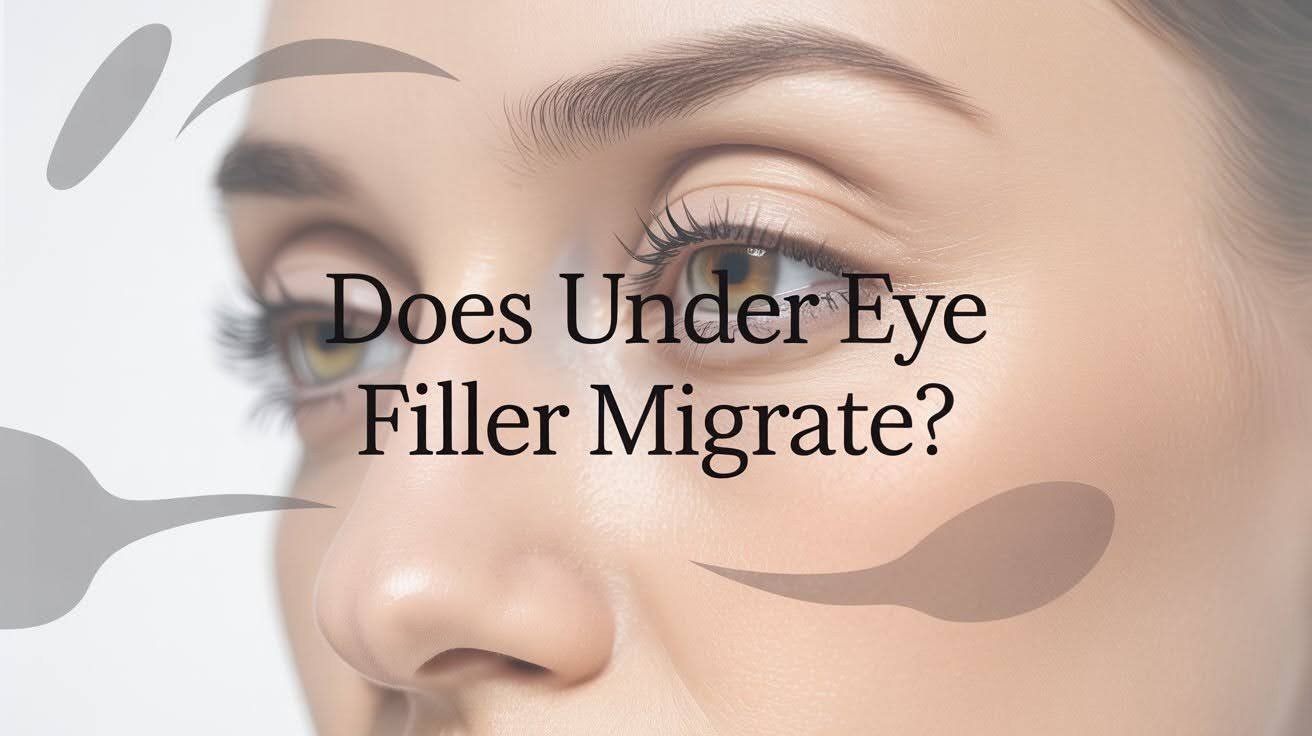Can You Tan Without Tanning Lotion?

It is possible to get a tan without using tanning lotion. It’s not smart, though, as I discovered the hard way.
I lay in the sun unprotected for years. The color of my skin darkened, but it was patchy and faded fast. I squandered so much time.
I’ll demonstrate the consequences of skipping lotion in this guide. You’ll find the importance of moisture, the dangers you’re taking, and the products that really speed up color development.
To help you avoid making the same mistakes I did, I’m sharing what I’ve learned.
What Happens When You Tan Without Tanning Lotion

Tanning without lotion leaves your skin vulnerable and unprepared. Dry skin creates a barrier that reflects UV rays instead of absorbing them. When your skin is hydrated, it becomes more receptive to UV light, triggering better melanin production.
Uneven patches are just the beginning. Some areas darken while others barely change. Your elbows, knees, and dry spots often stay lighter or turn orange.
Burns become more likely because dry skin is more vulnerable to UV damage. Premature aging speeds up without protective ingredients. Fine lines appear sooner, and your skin loses elasticity faster.
You waste up to 50% of your tanning session when you skip lotion. Dryness and itchiness follow most sessions, and your skin often flakes or peels within days, taking your light tan with it.
Benefits of Using Tanning Lotion
Tanning lotion changes your entire experience. It turns an average session into an effective one while protecting what matters most: your skin.
Speeds Up the Tanning Process
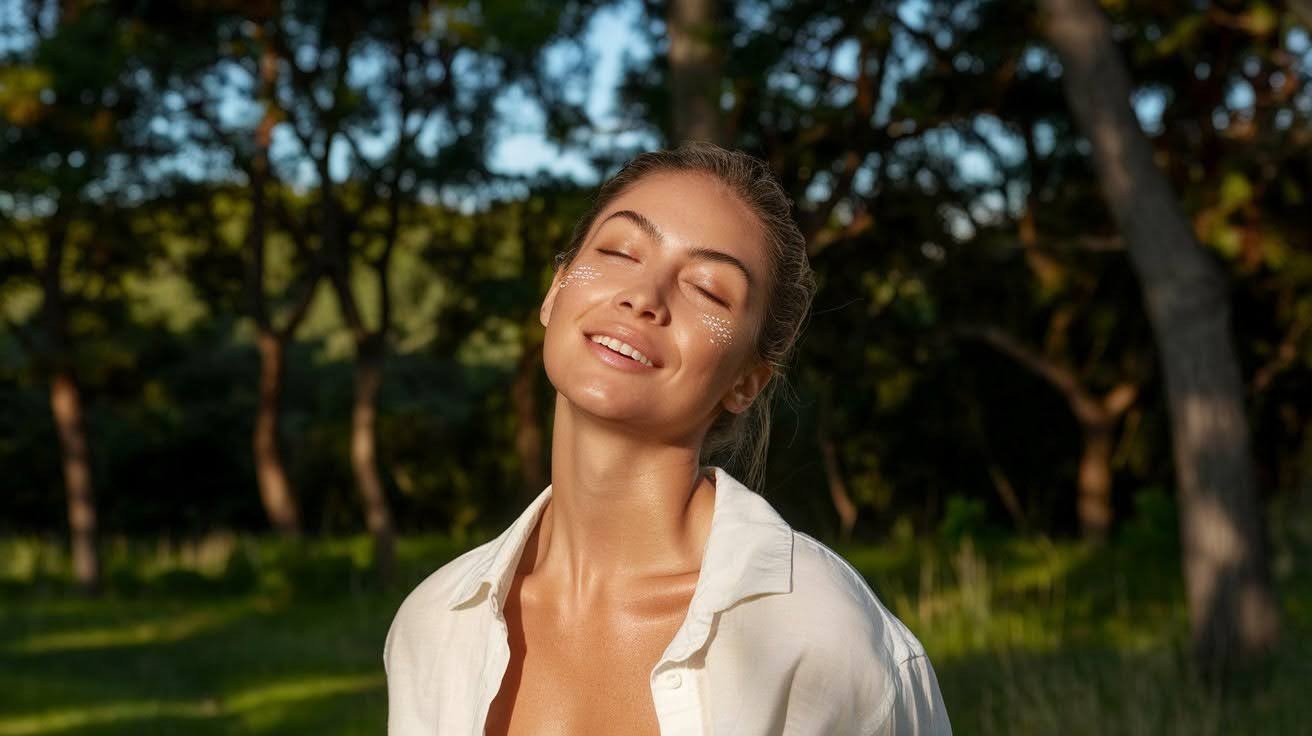
Lotions work by opening your pores and preparing your skin to receive UV light. The ingredients create an optimal environment for melanin production.
You develop deeper color in less time because your skin absorbs UV rays more efficiently. What might take five sessions without lotion could take three with it.
The formulas enhance your natural tanning ability. They don’t just sit on the surface. They penetrate and activate the processes that create lasting color.
Keeps Skin Hydrated and Healthy
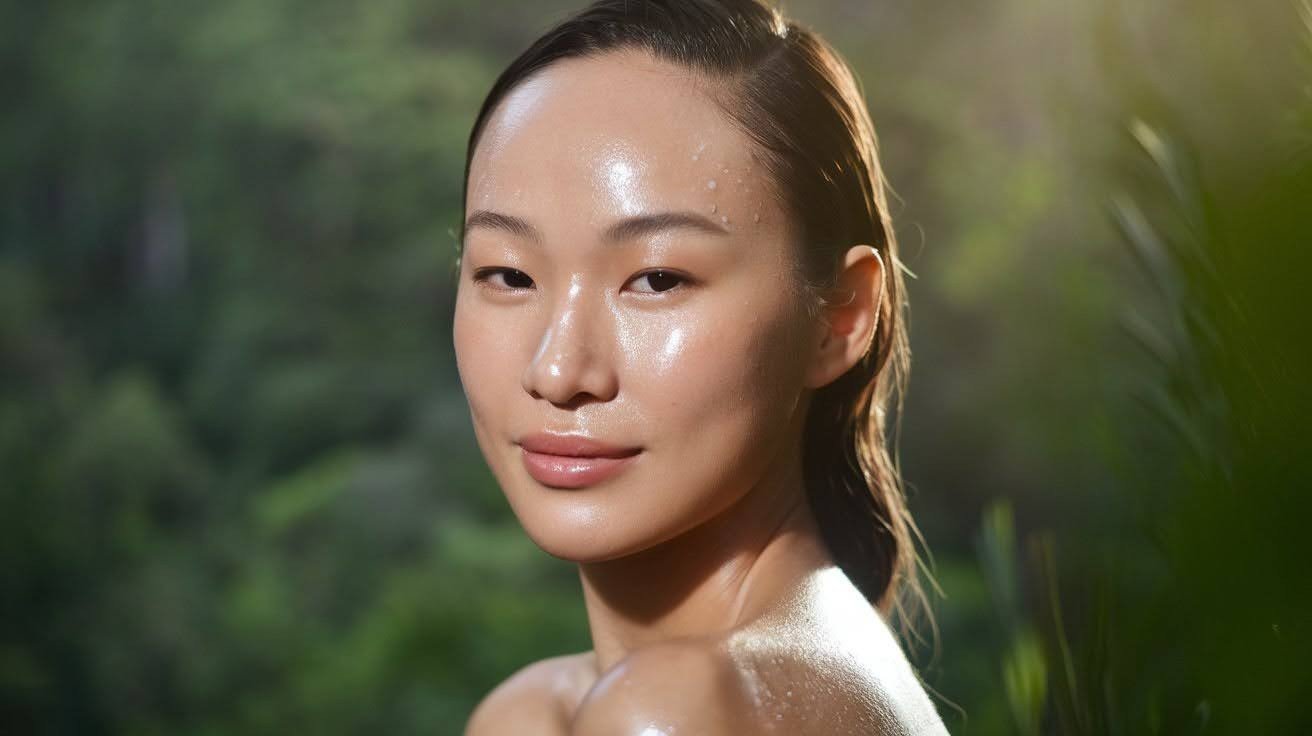
Moisturizing ingredients prevent the dryness that ruins tans and damages skin. Aloe vera, coconut oil, and shea butter keep your skin supple during and after exposure.
Vitamins and antioxidants in quality lotions support long-term skin health. They fight free radicals, reduce inflammation, and promote healing.
Your skin feels soft instead of tight after sessions. There’s no itching or flaking. The hydration locks in and continues working for hours.
Creates a Longer-Lasting, Even Tan
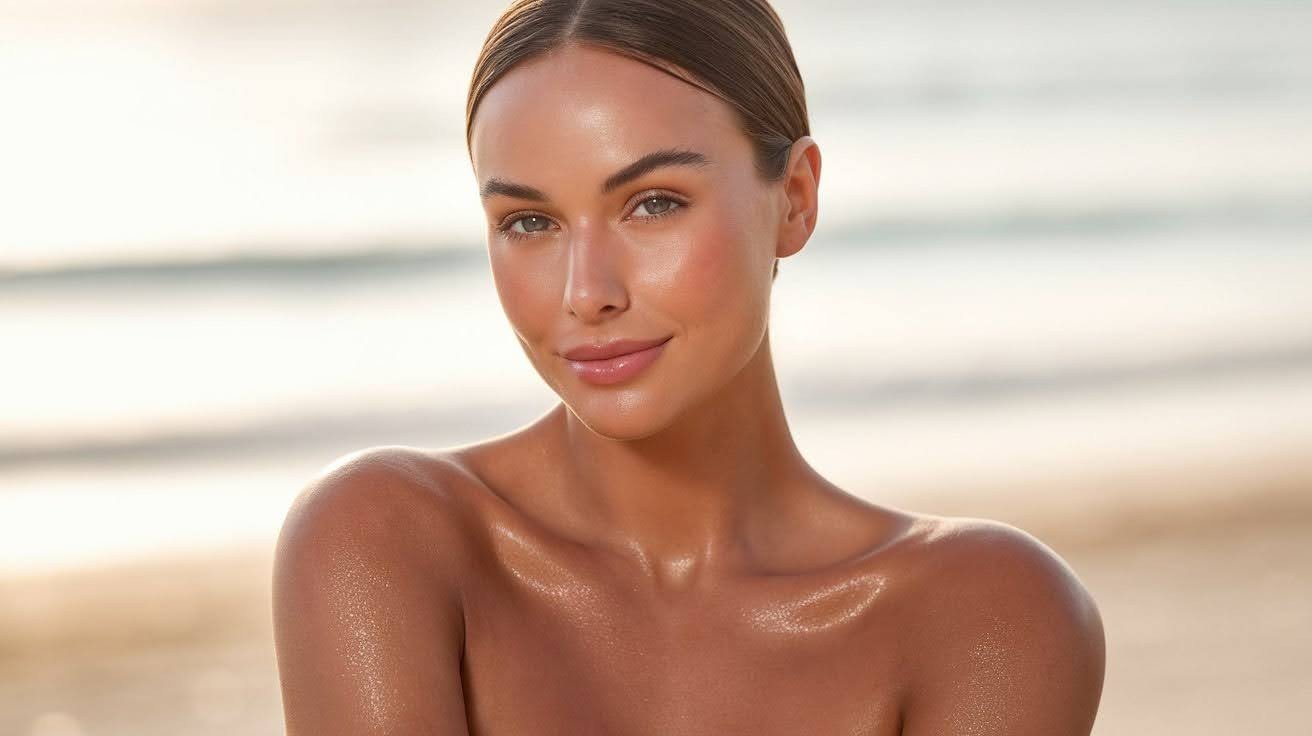
Hydrated skin holds color much longer than dry skin. The tan fades gradually and naturally instead of peeling off in patches.
You avoid the dreaded uneven look where some body parts are three shades darker than others. The lotion helps distribute color evenly across all areas.
Your tan develops smoothly without streaks or spots. When it does fade, it does so uniformly. You don’t end up with leopard print skin after a week.
Choosing the Right Tanning Lotion
Bronzers give you instant color with temporary dyes. They’re great when you need quick results for an event. Intensifiers promote natural melanin production and develop deeper color over multiple sessions.
Fair skin often responds better to intensifiers at first. Darker skin tones can handle bronzers without looking orange.
Look for hydrating ingredients like aloe vera, coconut oil, and shea butter. DHA creates self-tanning effects, while tyrosine boosts your body’s natural pigment production.
Avoid products with harsh alcohols or artificial fragrances if you have sensitive skin.
Tips for Getting the Best Tan
Preparation makes all the difference between an okay tan and a great one. These simple steps ensure you get maximum results from every session.
- Always exfoliate before tanning to remove dead skin cells. Use a gentle scrub or exfoliating mitt in the shower for even color development.
- Apply lotion evenly and generously to all exposed areas. Take time to rub it in completely, especially on dry spots like elbows and knees.
- Drink plenty of water before and after your session. Hydration from within supports the moisture in your skin and maintains healthy skin cell function.
- Rotate between different lotions periodically to prevent your skin from plateauing. Your body can become less responsive to the same formula over time.
- Moisturize daily between tanning sessions with a regular body lotion. This maintains hydration and keeps your tan looking fresh longer.
- Wait at least four hours after tanning before showering. This gives the color time to develop fully.
- Reapply lotion after every few sessions to maintain consistent results and keep your skin protected throughout your tanning routine.
Conclusion
So, is it possible to get a tan without using tanning lotion? Of course! But to be honest, after I saw the difference for myself, I couldn’t see myself returning.
I now genuinely enjoy the process, my skin feels nourished, and my color develops more evenly. Try some high-quality lotion if you’re unsure, you might be pleasantly surprised!
How has your experience been? Do you prefer not to use lotion, or have you found that it produces smoother results?
I’d love to know what works for you, so please share your thoughts in the comments section below! Try again.
Frequently Asked Questions
Can you get a tan without using any lotion at all?
Yes, but your results will be lighter and more uneven. Your skin also faces higher risks of burns and premature aging.
How much faster do you tan with lotion compared to without?
Tanning lotion can reduce the time needed by up to 50%. Most people achieve deeper color in fewer sessions.
Does tanning lotion work for outdoor tanning too?
Yes, but choose products designed for outdoor use with SPF protection. Indoor lotions won’t shield you from harmful rays.
Will tanning lotion prevent my skin from burning?
It helps reduce burn risk by keeping skin hydrated, but it’s not a substitute for sunscreen when tanning outdoors.
How often should I apply tanning lotion during a session?
Apply once before your session, covering all areas thoroughly. Reapplication isn’t necessary, but moisturize afterward to maintain hydration.



